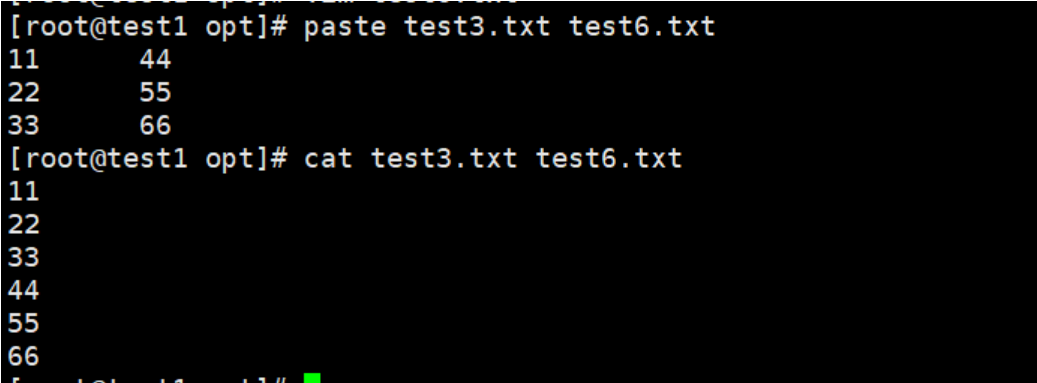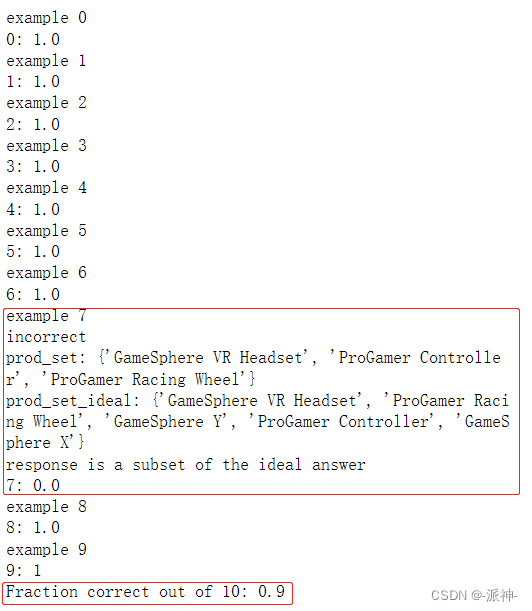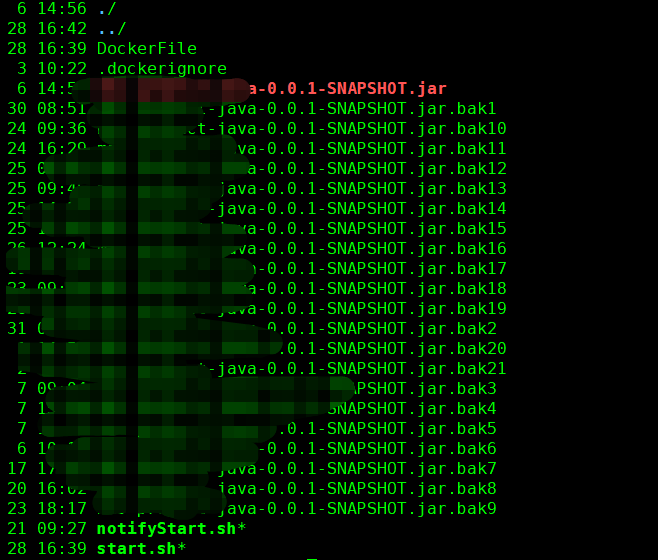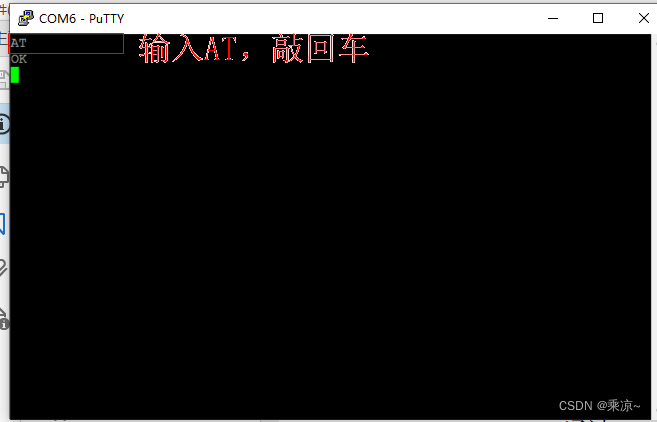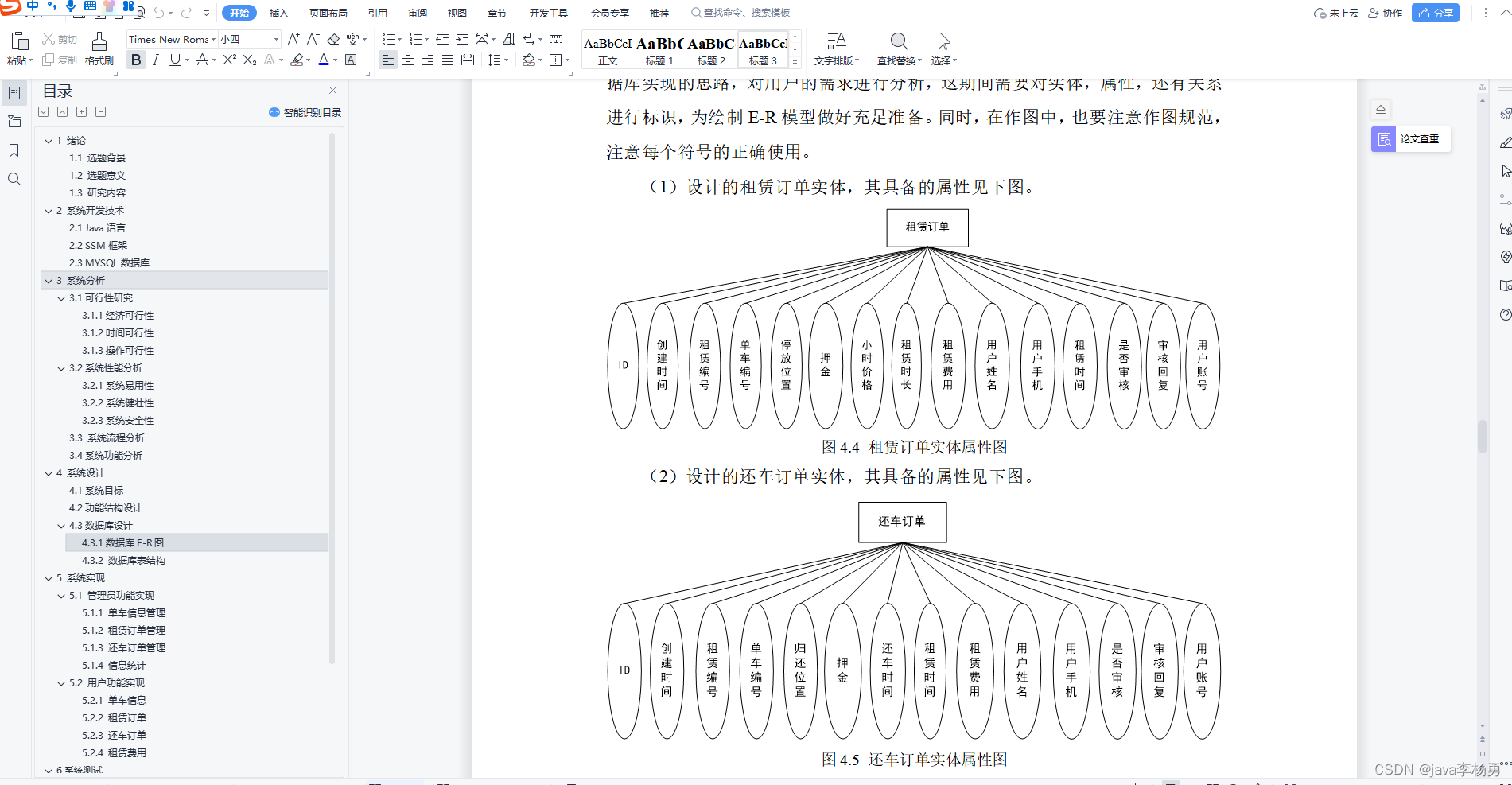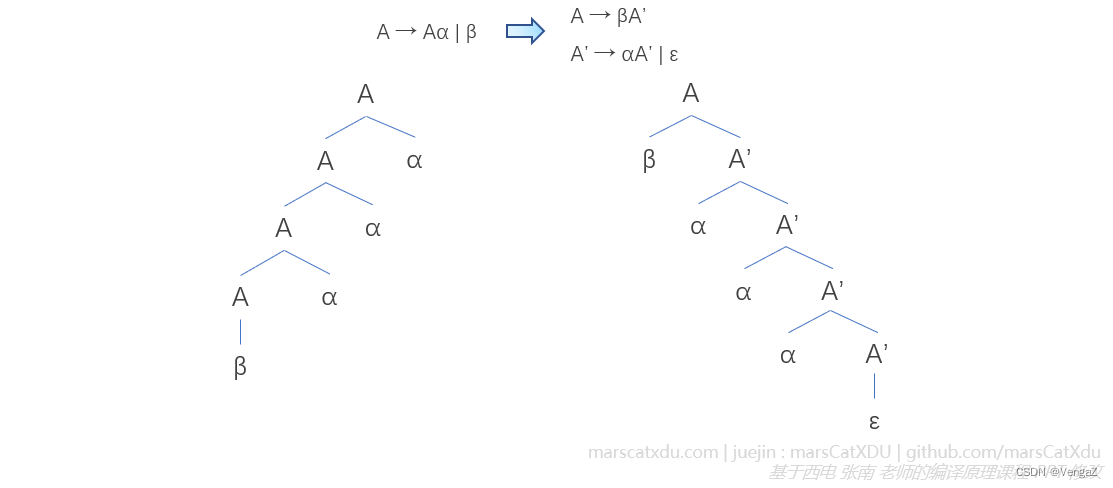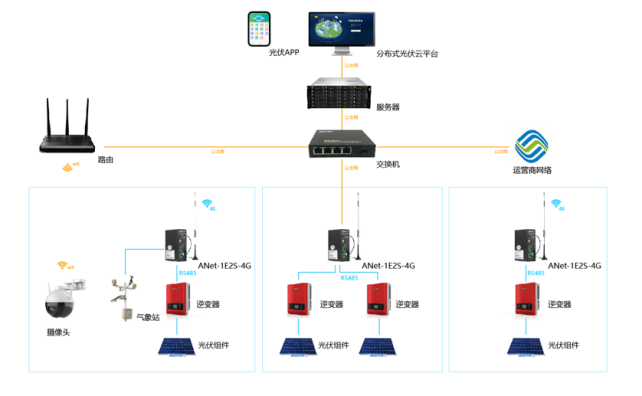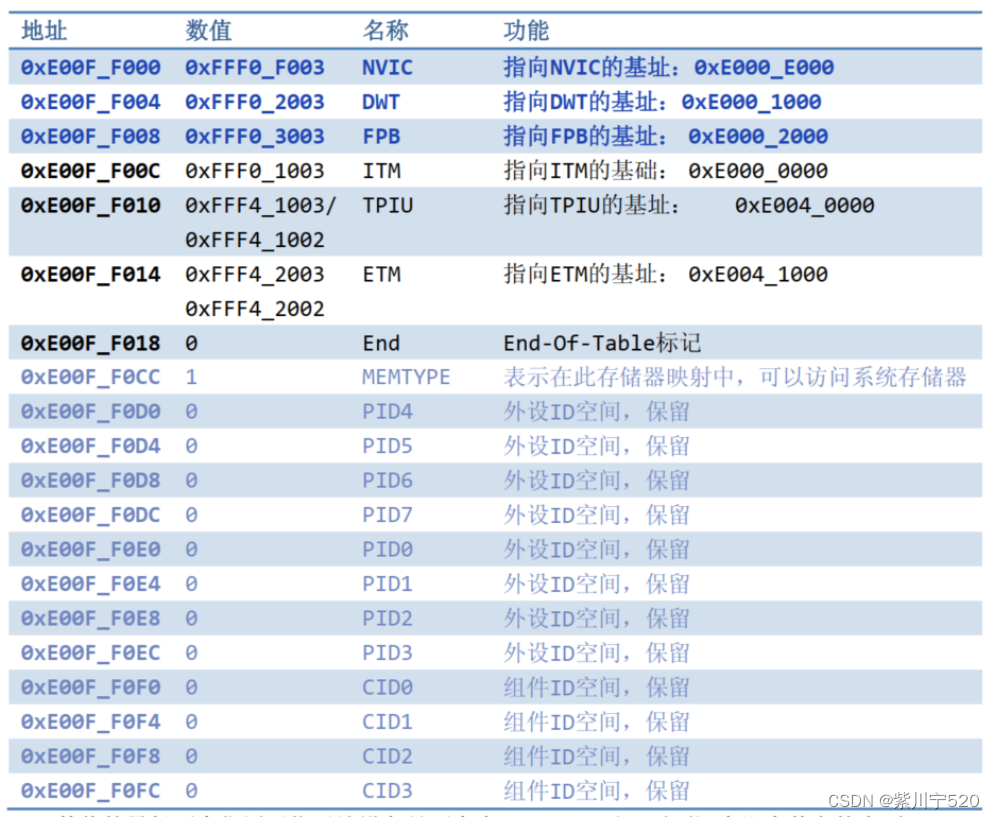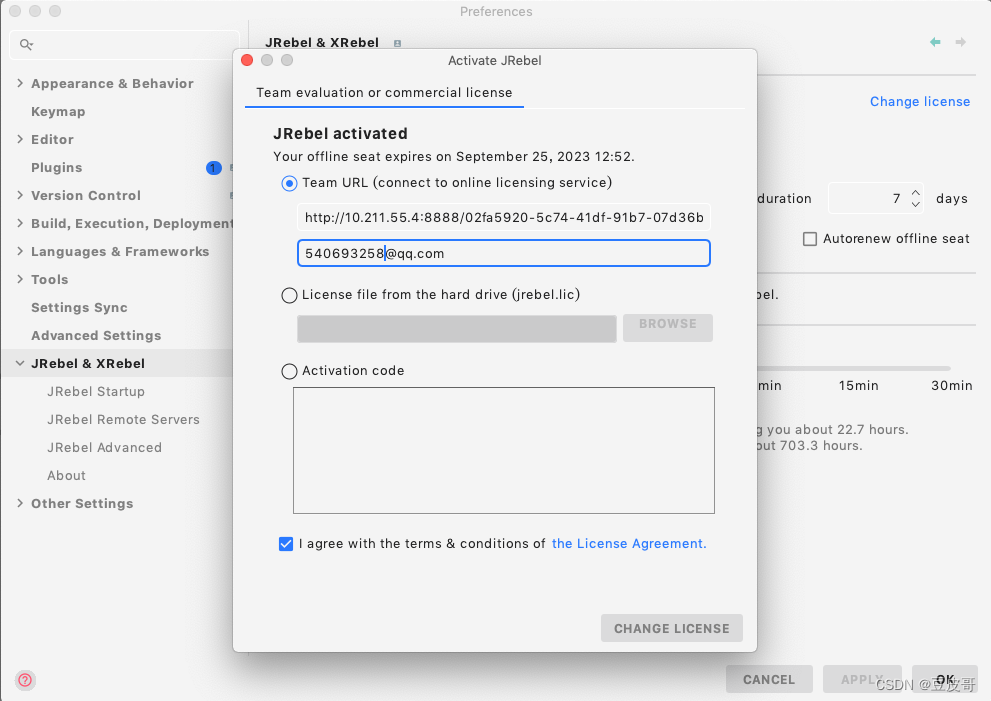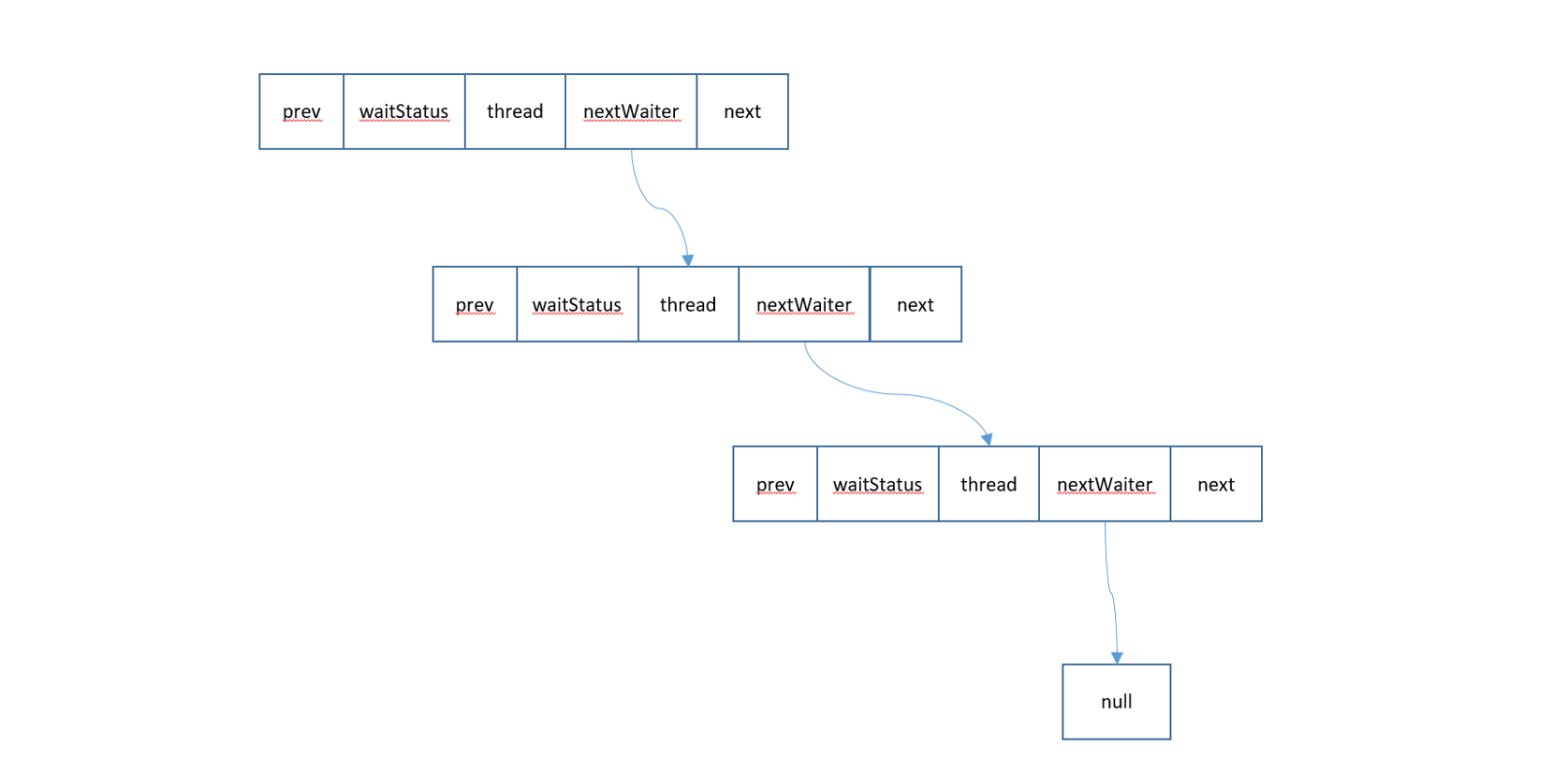1.流程
- 用户在访问应用程序时,将被重定向到身份认证服务器进行身份验证。
- 用户输入他们的凭据(通常是用户名和密码),身份认证服务器对其进行验证。
- 身份认证服务器向用户颁发一个令牌,该令牌表示用户已经通过身份验证。
- 当用户尝试访问其他应用程序时,该应用程序将重定向到身份认证服务器。
- ( 身份认证服务器检查它以前颁发的令牌是否有效,并且如果有效,则会生成一个新的令牌,该令牌针对该特定的应用程序进行授权 )。
- 应用程序使用授权令牌访问受保护的资源,并向身份认证服务器验证令牌是否有效。
- 用户可以在多个应用程序中使用同一个令牌,而无需再次进行身份验证。
(55条消息) spring security oauth2学习 -- 快速入门_本郡主是喵的博客-CSDN博客
(55条消息) spring-security -oauth2 整合 JWT_本郡主是喵的博客-CSDN博客
以上述博客代码为基础,以一个客户端和授权服务器模拟单点登录。
下面Demo,没有完全演示出oauth2协议的流程,但是配置出来,可以自行尝试。
客户端包结构
新建一个项目或者模块。
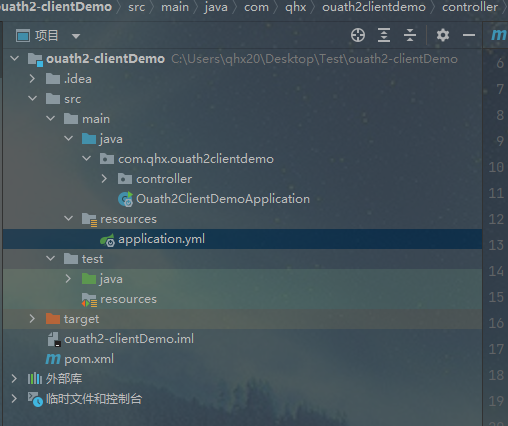
导入依赖
<properties>
<spring-boot.version>2.6.13</spring-boot.version>
<spring-cloud.version>2021.0.7</spring-cloud.version>
</properties>
<dependencies>
<!--springboot -->
<dependency>
<groupId>org.springframework.boot</groupId>
<artifactId>spring-boot-starter</artifactId>
</dependency>
<!--test组件-->
<dependency>
<groupId>org.springframework.boot</groupId>
<artifactId>spring-boot-starter-test</artifactId>
<scope>test</scope>
</dependency>
<dependency>
<groupId>org.springframework.boot</groupId>
<artifactId>spring-boot-starter-web</artifactId>
</dependency>
<!--lombok -->
<dependency>
<groupId>org.projectlombok</groupId>
<artifactId>lombok</artifactId>
</dependency>
<!--oauth2-->
<dependency>
<groupId>org.springframework.cloud</groupId>
<artifactId>spring-cloud-starter-oauth2</artifactId>
<version>2.2.2.RELEASE</version>
</dependency>
<!--security-->
<dependency>
<groupId>org.springframework.cloud</groupId>
<artifactId>spring-cloud-starter-security</artifactId>
<version>2.2.2.RELEASE</version>
</dependency>
<!--jjwt-->
<dependency>
<groupId>io.jsonwebtoken</groupId>
<artifactId>jjwt</artifactId>
<version>0.9.1</version>
</dependency>
</dependencies>
<dependencyManagement>
<dependencies>
<dependency>
<groupId>org.springframework.cloud</groupId>
<artifactId>spring-cloud-dependencies</artifactId>
<version>${spring-cloud.version}</version>
<type>pom</type>
<scope>import</scope>
</dependency>
<dependency>
<groupId>org.springframework.boot</groupId>
<artifactId>spring-boot-dependencies</artifactId>
<version>${spring-boot.version}</version>
<type>pom</type>
<scope>import</scope>
</dependency>
</dependencies>
</dependencyManagement>
yml配置文件
application.yml
server:
port: 8081
# 防止cookie冲突.冲突会导致登录验证不通过
servlet:
session:
cookie:
name: OAUTH2-CLIENT-SESSIONID01
# 授权服务器地址
oauth2-server-url: http://localhost:8888
# 与授权服务器相应的配置
security:
oauth2:
client:
client-id: admin
client-secret: 112233
user-authorization-uri: ${oauth2-server-url}/oauth/authorize
access-token-uri: ${oauth2-server-url}/oauth/token
resource:
jwt:
key-uri: ${oauth2-server-url}/oauth/token_key
启动类
@EnableOAuth2Sso // 开启单点登录
public class Ouath2ClientDemoApplication {
public static void main(String[] args) {
SpringApplication.run(Ouath2ClientDemoApplication.class, args);
}
}
UserController.java
还是用这个来模拟资源。
@RestController
@RequestMapping("/user")
public class UserController {
@RequestMapping("/getCurrentUser")
public Object getCurrentUser(Authentication authentication, HttpServletRequest request){
Object principal = authentication.getPrincipal();
return principal;
}
}
AuthenticationServer.java
这里面将客户端重定向的地址,改成客户端的登录地址(之前不是)。
public void configure(ClientDetailsServiceConfigurer clients) throws Exception {
clients.inMemory()
// id 和 secret 也是oauth处理的
.withClient("admin") // 配置 client - id
.secret(passwordEncoder.encode("112233")) // 配置client- secret 简单理解秘钥
.accessTokenValiditySeconds(3600)// 配置access-token有效时间
.refreshTokenValiditySeconds(86400) // 配置refresh_token有效期
.autoApprove(true)// 自动授权(省略我们登录之后,不是拿到授权码?有一个定向页面)
.redirectUris("http://localhost:8081/login")// 配置配置拿到令牌后重定向的网址(客户端)
.scopes("all")// 配置申请的权限范围
.authorizedGrantTypes("password","refresh_token","authorization_code"); // 配置授权类型
// authorization_code
}结果
1.访问 http://localhost:8081/user/getCurrentUser
2.自动重定向到http://localhost:8888/login页面 页面,登录自动授权之后,重定向到我们的http://localhost:8081/login。
3.但由于我们相当于登录,因此放行到我们之前访问localhost:8888/user/getCurrentUser
3.总结
授权服务器和资源服务器在一个服务器上,客户端与授权服务交互,拿到授权码,重定向到客户端。
